Can a small force of 300 defy a colossal empire? In 480 BCE, a determined cadre of Spartans, led by King Leonidas, took a stand at Thermopylae, countering a massive Persian invasion. Their skillful use of a narrow mountain pass and innovative defensive tactics not only challenged King Xerxes’ ambitions but also redefined military strategy. This article explores the historical context, tactical brilliance, and enduring legacy of that epic clash—a defining moment where unity and valor altered the course of history.
The Stand at Thermopylae: King Leonidas and the 300 Warriors
In the heart of Sparta, sacrifice and unyielding discipline were more than ideals; they were the very foundation of every warrior’s being. King Leonidas, commanding 300 elite Spartans, instilled a fierce resolve by blending time-honored training with an acute awareness of the existential threat posed by the Persian behemoth. With calculated precision, the 300 prepared to defend the narrow pass at Thermopylae—an environment where every step could mean triumph or doom. Their commitment was absolute, as each warrior understood that this stand was destined to redefine the boundaries of courage and honor.
As the battle commenced, the precision of the Spartan phalanx quickly became the bulwark against overwhelming odds. The disciplined formation disrupted the relentless Persian assaults, demonstrating a tactical acumen honed over countless drills and hardened by the rigor of Spartan life. The unfolding clash can be divided into three critical phases:
- The opening salvo: Spartans locked formation in the narrow pass, using compact, synchronized movements to neutralize the enemy’s numerical superiority.
- The turning moment: A traitor’s disclosure of a hidden mountain path allowed the Persians a flanking maneuver, forcing a dramatic shift in defensive strategy.
- The final stand: With allies forced into retreat, King Leonidas and his 300 countered relentless waves, fighting until the bitter end with an extraordinary display of valor.
Every phase underscored the art of coordinated defense and the strategic brilliance of a force that chose honor over retreat.
In the immediate aftermath, Leonidas’ resolute leadership and the Spartans’ unbreakable spirit stalled the Persian advance. Their heroic sacrifice echoed across Greek city-states, setting an enduring benchmark for military valor and unyielding discipline.
Legacy and Enduring Impact: The Battle of Thermopylae – When 300 Changed History
The immediate aftermath of the battle saw Greek morale and unity reach unprecedented heights as the sacrifice of the Spartans galvanized the city-states. Despite the fall of the 300, their resolute defense instilled a renewed sense of purpose and determination among the Hellenes. The heroic stand served as a potent rallying cry, spurring decisive victories at Salamis and Plataea and uniting disparate factions against a common enemy. Their sacrifice became a symbol of unwavering courage and collective resolve in the face of overwhelming odds.
| Aspect | Legacy Impact |
|---|---|
| Sacrifice | Transcended battle, inspiring cultural narratives of ultimate selflessness |
| Unity | Forged a lasting bond among Greek city-states, reinforcing collective resistance |
| Heroic Offering | Established a commemorative paradigm that honors tactical excellence and valor |
The cultural legacy of Thermopylae endures as a monumental exhibit of sacrifice and discipline, continually celebrated through art, literature, and military historiography. Modern military and strategic thought consistently draw upon the lessons of disciplined resistance and the effective use of terrain as illustrated by the Spartans. Their narrative informs contemporary doctrines that emphasize tactical preparedness, the valor of self-sacrifice, and the transformative power of unity. This enduring impact reinforces the timeless nature of their heroic offering and continues to inspire military training and strategic operations worldwide.
Final Words
in the action, the narrative intertwined historical context with the valor of King Leonidas and his 300 warriors.
We detailed how narrow passes and innovative formations turned the tide against overwhelming forces.
The tactical brilliance and lasting legacy remind us that sacrifice and strategy can reshape history.
The Battle of Thermopylae: When 300 Changed History stands as a testament to unity, discipline, and resilience.
This reflection inspires modern tactical pursuits and honors the profound impact of legendary bravery.
FAQ
How many Spartans fought at the Battle of Thermopylae?
A: The core Spartan force consisted of 300 elite warriors led by King Leonidas, though they were joined by approximately 7,000 allies from other Greek city-states during the initial defense.
How many Persian soldiers were at Thermopylae?
A: Historical records indicate the Persian army numbered between 100,000 to 300,000 soldiers, though ancient sources claiming over a million troops are considered exaggerated.
What military tactics did the Spartans use?
A: The Spartans utilized the narrow coastal pass of Thermopylae, implementing their famous phalanx formation with interlocked shields and coordinated spear thrusts to maximize their defensive position.
Why was the Battle of Thermopylae significant?
A: The battle demonstrated how superior tactics and terrain advantage could overcome overwhelming numbers, while the Spartans’ sacrifice inspired Greek unity and resistance against Persian invasion.
What led to the Spartans’ defeat?
A: A local shepherd named Ephialtes revealed a mountain path to the Persians, allowing them to outflank the Greek position. This forced most allies to retreat while the Spartans fought to the death.
What were the battle’s long-term consequences?
A: The battle delayed the Persian advance, allowing Greek forces to prepare defenses. This ultimately contributed to Greek victories at Salamis and Plataea, preserving Greek independence.
How accurate is the movie “300” to historical events?
A: While the movie captures the battle’s heroic spirit, it takes significant artistic liberties. The actual battle involved more Greek allies and lasted three days rather than focusing solely on Spartans.
What is Thermopylae’s legacy in military history?
A: Thermopylae exemplifies how determined defenders can exploit terrain advantages and demonstrates the enduring military principles of force multiplication through tactical superiority.
